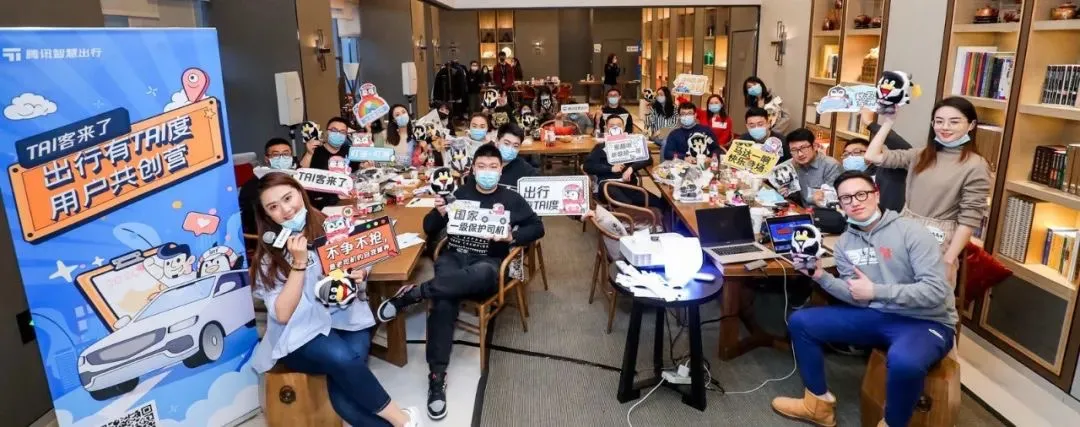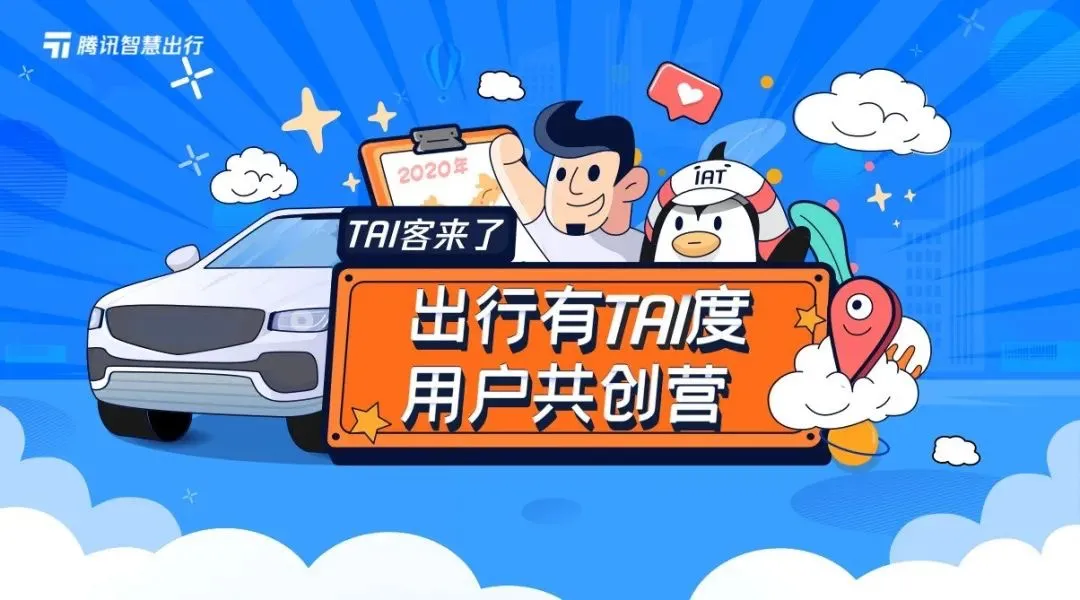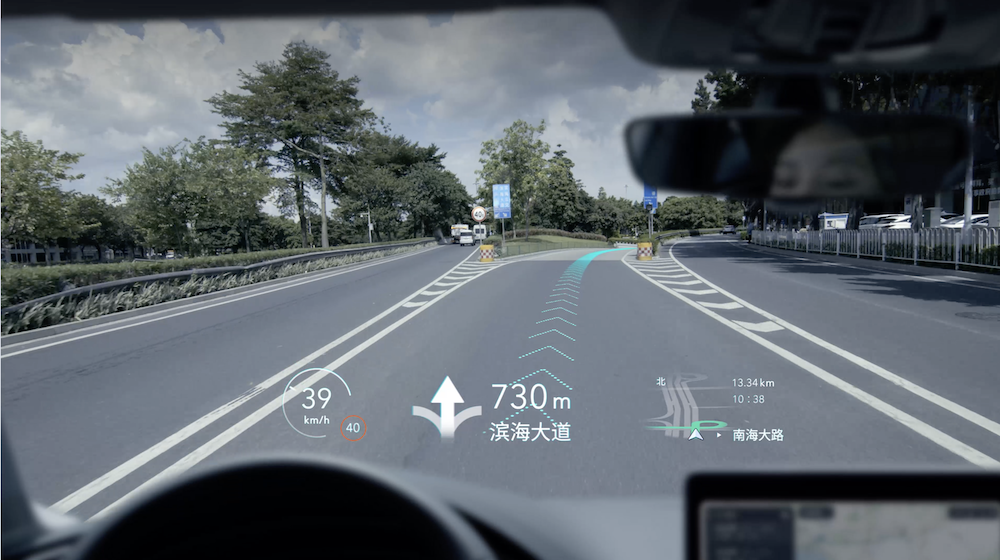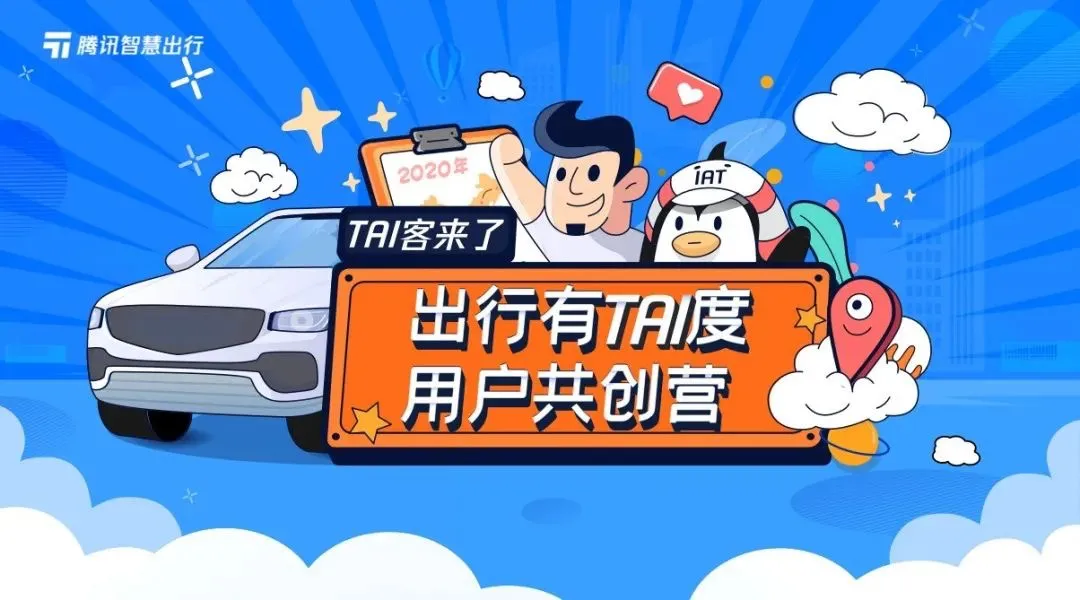As a media outlet that has been deeply observing intelligent cockpits, Geek Car has always been focused on evaluating various cockpit products, maintaining close contact with the industry and listening to real user voices.
In 2020, Geek Car held two industry closed-door meetings around the theme of intelligent cockpits, inviting the most forward-looking batch of auto companies and research institutions in the industry, including Xpeng Motors, Ideal Motors, Zebra Zhixing, Xiandou Intelligence, Huawei, Baidu IDG, Celerus, Volkswagen Wenwen, Tongji University Humans and Vehicle Relationship Lab, etc. Through constant communication with industry leaders, we have gained insight into the deeper aspects of this industry.
Geek Car hopes to become a bridge between the industry and users. Therefore, while delving into the B-end, we are also striving to collect real user feedback. So in addition to holding regular B-end closed-door meetings, we also need a channel to communicate with users.
Therefore, at the beginning of 2021, Geek Car jointly held the “Travel with TAI” user co-creation camp with Tencent Smart Travel. At the event, multiple intelligent car owners, product managers, media and cross-border KOLs shared their experience of using intelligent cars and put forward suggestions and visions for the future design of intelligent cars.
In addition, at the event, Tencent Smart Travel also shared the “2020 Annual Intelligent Networked Travel Report” jointly released with three auto companies, Geely, GAC and Liuzhou Motors, which contained some very interesting data.

What is included in the “2020 Annual Intelligent Networked Travel Report”?
This report includes two parts: macro usage data of Tencent’s ecological car networking TAI and personal usage data based on car owners.
From a macro perspective, in the past year, Tencent’s ecological car networking TAI accompanied users for 2.41 billion trips, with a total driving distance of 55.8 billion kilometers, which is equivalent to traveling between the Earth and the Sun over 180 times. The daily average usage time of “Tencent AIQT” reached 58 minutes per person.
From a micro perspective, every TAI car owner of Geely, GAC, and Liuzhou Motors will receive a personal annual car usage report, including personalized information such as the total number of places visited throughout the year, the total mileage, driving behavior score, the favorite song listened to, the earliest and latest trips taken, and the places visited during the epidemic. A car will accompany a user for several years or even more than ten years. If these interesting “time capsules” are continuously accumulated, they will become a good memory wealth for users.

Now let’s talk about what the car owners said on the spot.
Why is in-car navigation not “comfortable” enough to use?Previously, Geely Automotive mentioned in “The Amap/Baidu Maps on Car Infotainment System, Are They Different from Your Phone App?” that some users have feedback that the car infotainment system’s map seems to offer a different experience compared to the mobile app. For instance, the mobile app can zoom in on complex intersections, but some brands can’t achieve it on the car infotainment system. Therefore, the specific experience varies among different brands, even among different car models.
Many car owners are perplexed as to why the mobile map app can provide us an almost identical excellent experience, but there are so many subtle differences when it comes to the car infotainment system.
During the activity, car owners also expressed their displeasure with the car navigation system, highlighting its slow updates, inaccuracies, and difficult-to-use input methods as the three main flaws of the onboard navigation system.
Specifically, some car owners indicated that the previous car navigation system updates too slowly, making it impossible to synchronize real-time traffic information, and it is often more laggy compared to mobile phones, making many people more comfortable using mobile navigation.
“For example, after driving a few kilometers, suddenly it seems to be off-track, and then it tells you to do a U-turn,” some car owners mentioned. In recent years, some new cars are equipped with online map capability, and the advantages of onboard navigation are gradually becoming apparent.
Some car owners also provided feedback that the most worrying issue is that road conditions are dynamically changing, causing users to be unable to figure out when to leave home.
To solve this issue, Xing Hui, the Deputy General Manager of Tencent Car Connectivity Products, remarked that the onboard navigation system needs to continue to focus on deepening vertical applications, and many technical difficulties need to be addressed. For instance, intelligent road condition prediction, intelligent analysis of different traffic signals, road conditions, the day’s restricted traffic policy, users’ travel route situation, driving habits, and the time you hope to arrive among other factors, conducted intelligent predictions and trip reminders on both mobile and car ends. “In the future, combining with the vehicle’s sensors and V2X technology, the onboard navigation experience will gradually surpass mobile navigation.”
The accuracy of voice interactions is also improving, and it can gradually replace the cumbersome manual screen input of an address. Voice interaction is an inevitable trend, and most car users have begun to develop habits of voice interaction. Still, there is much room for improvement in the experience of voice interaction.
One of the media guests shared that “to do voice interaction well, the learning cost must be reduced. Do not make me learn how to speak like you instead of you being able to understand how I speak and help me solve problems.”
In addition, the car system and mobile navigation have been integrated, resulting in an excellent navigation experience. For example, using the “Tencent My Car” mini-program, you can send your mobile location to the car infotainment system and team up with friends in other cars. When logging into WeChat on the car infotainment system, you can also directly launch navigation after receiving a location message, simplifying many operations.

The content of in-car entertainment is becoming more and more diverse, how to solve the “choice paralysis”?In recent years, we have seen many car products undergoing an intelligent transformation, especially in entertainment applications. Currently, there is a widely recognized conclusion in the industry: the most mainstream entertainment application for users in the car is still audio content.
Besides music, there is a continuously growing variety of sound content on the car’s media player, such as audiobooks, news, and podcasts. This gives car owners more choices, but they often find themselves in a state of “choice anxiety.”
Some car owners have suggested that linking their ID account and synchronizing the content saved on their phones and iPads with the car is a very practical solution.
“Letting users choose content in the car is against human nature; we hope to make users more ‘lazy,'” said Xing Hui, vice president of Tencent’s car networking product.
“Tencent’s next step is to launch a ‘Private Playlist’ feature. Once the user is inside the car, they only need to click once to play their favorite music, radio programs, podcasts, and other content. This feature is based on analyzing user’s historical collections and content preferences. Users can also quickly skip or delete the content they do not like. We are also exploring a socialized content recommendation feature. For example, QQ Music’s interactive community has accumulated a large amount of UGC content, which can let users know the content shared by everyone and keep up with the latest trends. In the car, users can not only listen to their favorite content, but also quickly find the content that ‘people who may be interested’ like.”
He said that there will be more interesting ideas in the future, such as building an online karaoke room with friends, where users can share music, sing, and have late-night voice chats while driving.
An indisputable fact is that Tencent has a unique advantage in-car music. Tencent’s music entertainment group includes QQ Music, Kuwo Music, Kugou Music, and Ting. QQ Music is Tencent’s leading product, with a complete music library and lossless version offerings. Kuwo Music offers 24-bit master resources and has partnered with more than 60 car manufacturers, including joint ventures and independent brands. Kugou Music has a 40 million-song licensed library and has provided music solutions for companies such as Huawei, Xiaomi, Lenovo, XPeng Motors, VIVO, OPPO, Geely Auto Group, Meitu, and Sogou. Ting is the leading exploration of Tencent’s IoT intelligent hardware music service solutions.
How can voice and AR technology enhance communication between people and vehicles?In terms of human-car interaction, some media guests have proposed that in order to achieve a truly perfect in-car interactive experience, besides constantly optimizing the ability of voice assistants, it is also necessary to combine more suitable information presentation methods for driving scenarios. For example, the combination of voice assistants and AR-HUD can bring a more immersive and accurate navigation presentation through more intuitive “visual + voice” guidance. In the future, the means of communication between cars and people will certainly need to be more diverse and efficient.
At the event, we demonstrated the latest AR real-life navigation, which uses multi-sensor fusion lane-level high-precision positioning technology to make the navigation guidance signs more realistically “aligned” with the road, and can accurately indicate which specific lane to follow.
In the future, personalized service information that meets the different needs of users can “emerge” for users who need or are interested in it. For example, reminders that there is a parking lot in the building ahead, real-time remaining parking space availability, or promotion information for various brands in the surrounding area.
Jin Yan, a product manager for Tencent Car Connectivity, said that in the future, users’ eyes will definitely be fixed on a new screen, and the car’s front windshield is a trend. Looking at the next generation, the map will shift from “guiding people” to “guiding cars”. Initially, the car provided me with a fixed map, then an online dynamic map, then a map with more detailed and personalized information content, and finally, there will be no need for people to look at the map, instead, it will be directly given to the self-driving car to autonomously complete the journey from point A to point B.
In addition to communication between human and car, a car owner at the event also suggested the hope that cars can have real-time conversations with each other, which also aroused widespread resonance. She said, “I am a novice driver. If I operate the car unskillfully and cause disturbance to others, it would be great if two cars on the road can communicate with each other at any time so that I can apologize.”
If the car body can become a communication screen, communication between cars can also supervise impolite drivers, encourage good behavior, and promote safer driving. Some car owners expressed, “During daily driving, when I encounter people who cut in line or road rage during traffic, I can’t help but want to point at them and say, ‘Why did you do that? You are an uncivilized person.’ I hope that someday my car body can express my emotions and anger. By criticizing bad behavior together, we can play a positive role in monitoring and restraining such behavior.” A “credit system” can also be established for the daily driving behavior of car owners to remind surrounding vehicles when encountering drivers who frequently cut in line, rage or cause trouble.Additionally, there is a discovery that for the drivers of the same brand, they belong to a social circle. “NIO and Ideal drivers usually honk twice when they see each other on the road, even though they don’t know each other, there is a feeling of finding the community,” said a NIO owner. The owner hopes that in the future, when seeing a car of the same brand on the road, the car system or AR-HUD can display who the friend is of this car and link their account through the car system or APP. Based on the same brand and model, some social scenes can be created on the road.

Mobile or car system? They should provide specialized services
On site, a small survey was conducted on whether users prefer to use mobile phones or car systems, with roughly a 1:1 ratio. However, all the guests unanimously agreed that the reason why they use mobile phone holders now is that the current car system is not good enough. When the interaction experience and service ecology of the car system are gradually built up, we should no longer hold our phones when we are in the car.
In response, Xing Hui stated that the ultimate positioning of the car is a “mobile living space” and should be understood as a new form of living room or office. The industry is currently in a relatively awkward transition period, which is why there is a “choice” between car systems and mobile phones. In fact, the car system will not completely replace the mobile phone. They should each focus on their roles and enjoy their distinctive services on different devices. When it comes to the stage of autonomous driving, the car should do what it is supposed to do, while users should use their mobile phones to order takeaway.
Conclusion
In this closed-door event centered around “car owner users,” we have heard a lot of user feedback. Some of them have confirmed our previous concepts, while others have subverted some conventional understandings.
The 2020 Intelligent Networked Travel Report jointly released by Tencent Smart Travel and Geely, GAC, and Liuzhou Automotive has given us a macro view of car owners’ demand for intelligent ecology.
We often talk about software-defined cars and how to form unique product strengths, but no matter how we define them, the core is ultimately to serve people. True intelligence means defining a car owner’s needs from product design to follow-up after-sales service.
This year, Geek Car and Tencent Smart Travel held a user co-creation camp activity, which deepened the role of Geek Car as a bridge between the industry and users. In the future, we will continue to communicate deeply with the industry and listen to the real voice of users at the same time.
This article is a translation by ChatGPT of a Chinese report from 42HOW. If you have any questions about it, please email bd@42how.com.
